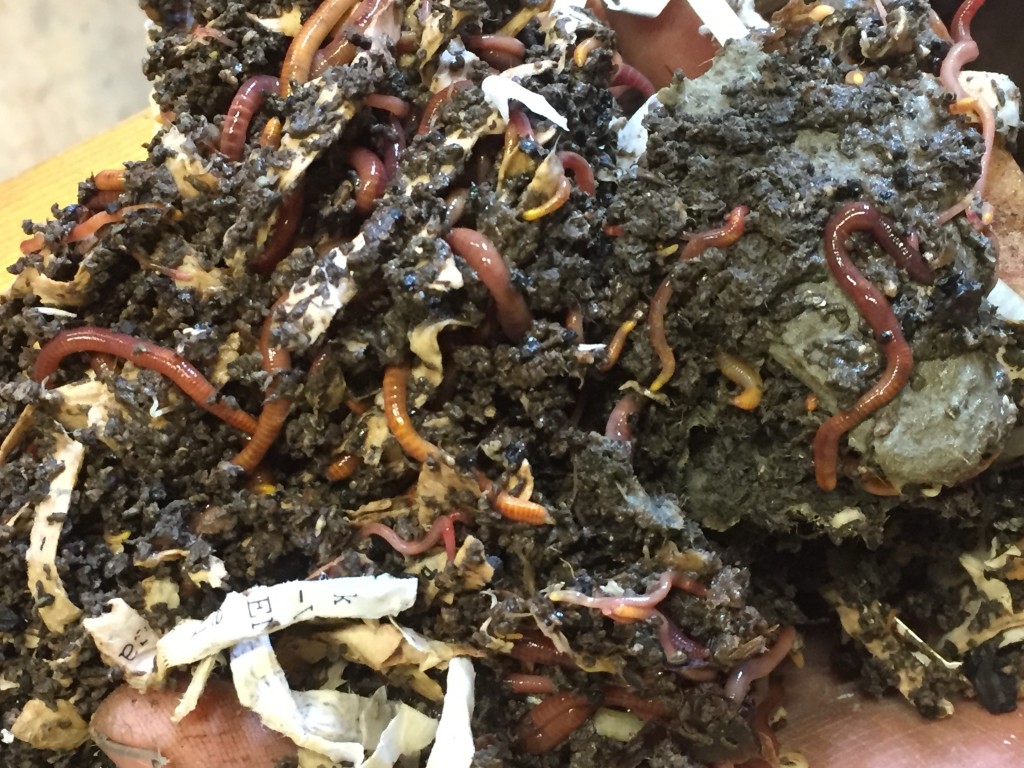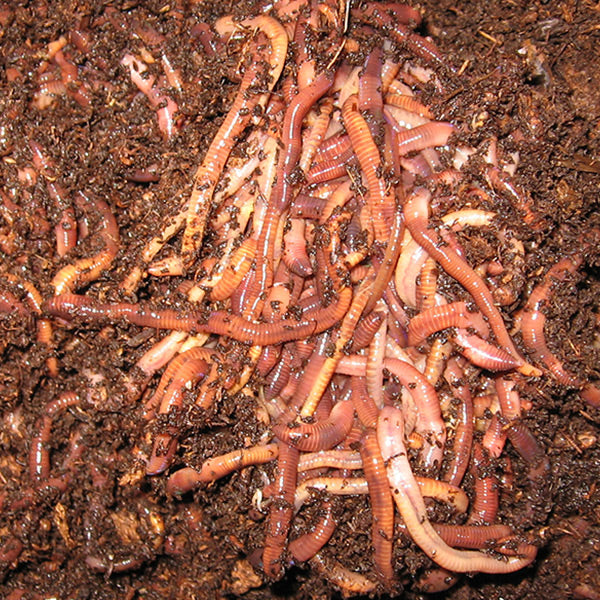The Greatest Guide To Red Wiggler Express
The Greatest Guide To Red Wiggler Express
Blog Article
Examine This Report on Red Wiggler Express
Table of ContentsMore About Red Wiggler ExpressThe 9-Second Trick For Red Wiggler ExpressAbout Red Wiggler ExpressNot known Factual Statements About Red Wiggler Express Red Wiggler Express - An Overview
Some worm farmers in fact keep food and water to imitate drought conditions and bump up cocoon production. We do not suggest this for the home composter as it has the possible to exterminate way too many of your ideal worms. Since you recognize everything about the red worm it's time to head out and discover a good distributor and obtain a pound or more and begin your own worm ranch.We'll talk concerning how to keep red wigglers and why they must be the go-to worm for many composters. Fun fact: The "fetid" component of the binomial name refers to what some claim is a foul-smelling secretion the red wiggler makes use of to fend off killers. The anatomy of a red wiggler resembles that of other typical earthworms; a long-segmented body starts at the sharp head and terminates at a slightly-flatted tail.
Indicators on Red Wiggler Express You Should Know
The digestion tract is simple, beginning at the mouth where the worm starts to eat its food before passing it on the vocal cords. The pharynx is a muscular area which acts like a pump to draw food right into the mouth before pumping it out right into the esophagus. The esophagus is slim and thin-walled and functions as the "waiting room" for the gizzard.
Keep in mind: This need for grinding is why grit is suggested in a worm bin. The worm includes no native grinding ability so the worm depends on consumed grit to help grind its food in the gizzard. The belly is where the first chemical break down of food takes place with the aid of a protein-busting enzyme.

Within 42 days, these baby worms will reach sex-related maturation as evidenced by the introduction of the clitellum. A mature red wiggler can be expected to live between one to 3 years. The magnificent red wiggler may in some cases be used as a lure worm for smaller fish or as a protein source for chickens and reptiles.
Red Wiggler Express Can Be Fun For Everyone
And as stated above, they are one of the most typical composting worm in the world. Why? Well there's most likely not simply one factor. Instead, a mix of cost, strength, and comfort in a wide variety of temperature levels makes it the most proper composting worm for many brand-new vermicomposters. Red wigglers and their cocoons can make it through in a large range of conditions.
This is an usual method amongst worm shippers that don't wish to take the chance of having the worms sit in a warm or cold stockroom over the weekend. Worm cultivators are not saving worms in a circumstance where they are ready to ship. The worms need to be gathered from their habitat first, so farmers will certainly typically establish a Friday or Saturday deadline in order to harvest in time for a Monday shipment.
To save on delivery expense, you might want to see if there are any kind of nearby "Mother and Pop" shops via a Google search (Red Wiggler Express).
I call these the "Big 3" elements of worm bin maintenance. If you keep all 3 within suitable varieties, then there's not * that * much that can go wrong with your bin. As discussed earlier, red wigglers have a vast temperature tolerance. For ideal outcomes, keep a temperature of 55F-90F. Short departures out of that temperature level variety are great.
The Basic Principles Of Red Wiggler Express

For finest results, you want to aim for regarding 60-70% wetness degree. The most basic examination for this is to squeeze a handful as tough as you can. At the ideal wetness degrees which is simply under 70% that handful ought to hardly generate one decline of fluid. pH in a worm container is quite very easy to keep.


The European Nightcrawler, the bigger relative of the red wiggler, is equally as voracious and also produces a good bait worm. Yet it favors a bit of a cooler atmosphere than the red wiggler. The African Nightcrawler is a huge composting worm and makes a beautiful, granular actors.
The Indian Blue is starved, but likewise prefers a warmer environment and it likewise exhibits a tendency to escape the container. The red wiggler is a sturdy worm and isn't as picky concerning its environment. I like to call it the Ford Taurus of vermicomposting worms; you will not brag to your hardcore composting buddies that you own them, yet they will offer you well.
Not known Details About Red Wiggler Express
Surefire alive 1/2 pound of hand sorted Red Wigglers/Compost with worms (+500 worms) in various phases of life from cocoons to mature worms in their all-natural environment/bedding. Hand sorted worms lowered the disruption of the worms thus insuring real-time shipment. Red wiggler worms do not such as resonances or light.
Report this page